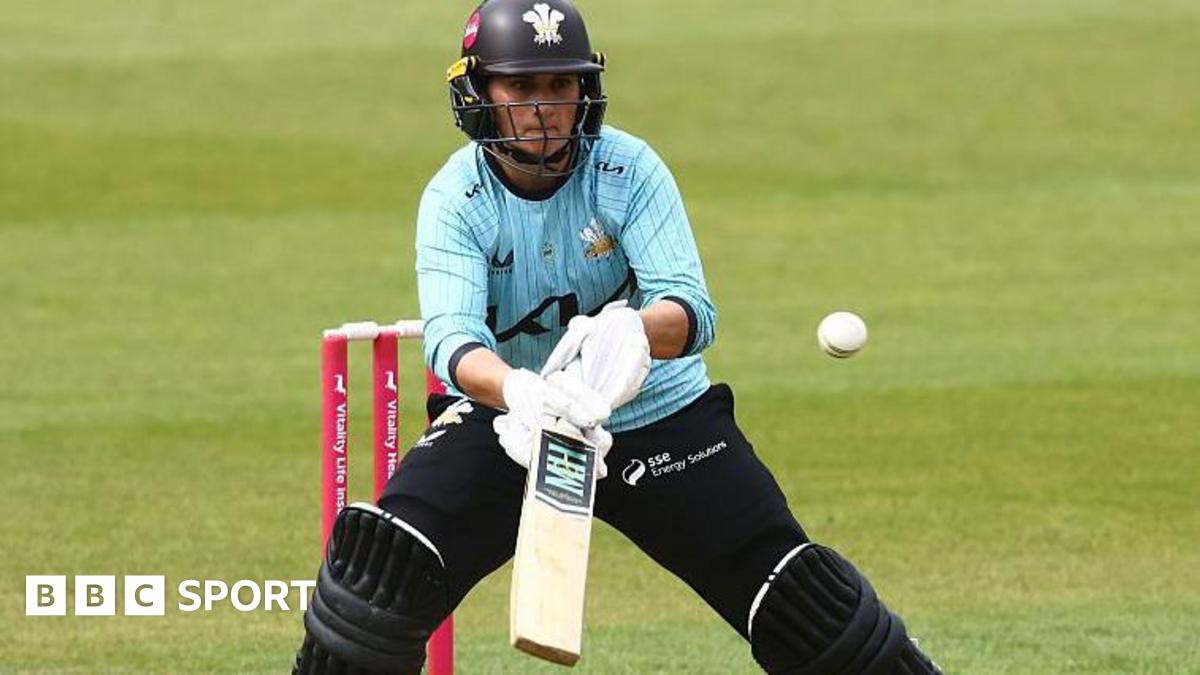Your questions on hair removal devices answered
What is the best at-home hair removal IPL device?
We were impressed with all of the devices listed here. Although expensive, any of these products will deliver impressive results if you’re dedicated and consistent. However, both Philips and CurrentBody were standout favourites. If you’re sticking to a tighter budget, we would wholeheartedly recommend Ulike – it’s definitely up there with its more expensive counterparts.
What is IPL hair removal?
IPL stands for intense pulsed light. It’s a type of light therapy used to treat unwanted hair. It works by targeting a specific colour in your skin, and the higher the contrast between your skin and hair colour, the better, which is why it is often said to be most effective on those with light skin and dark hair. When the skin is heated, it destroys the hair follicle, preventing the hair from growing again.
What is the difference between IPL hair removal and laser hair removal?
IPL is similar to a laser treatment. However, a laser focuses just one wavelength of light on your skin, while IPL releases light of many different wavelengths. The light from IPL is more scattered and less focused than a laser. They both, however, penetrate the second layer of your skin (dermis) without harming the top layer (epidermis).
Sk:n clinic’s regional nurse trainer, Charlotte Lundy, reminds us that “IPL is usually only successful on clients with fair skin and dark hair”.
Are home IPL machines safe?
The light from an IPL at-home machine is much less concentrated than salon treatments, so they can be used safely in the comfort of your home, so long as you follow the manufacturer’s guidance.
Does laser hair removal and IPL hurt?
As Nicole Hession, senior therapist at Strip hair removal experts explains, “Most describe the sensation as a quick snap, like an elastic band flick. Some barely feel anything at all. Any mild discomfort only lasts a second or two, leaving smooth, beautiful skin that improves with each session.”
Are laser hair removal and IPL treatments permanent?
Hession explains that these types of treatments are “only effective during the anagen phase, or active growth stage, of the hair cycle.” Everyone enters the anagen phase at different times, “depending on your skin tone, hair density and treatment area.” As such, a single treatment won’t suffice for lasting results, and multiple sessions spaced apart will give the best outcome. However, she cautions that “everyone is different.”
How often can you use a home IPL machine?
It depends on the body part on which you’re concentrating. Most instruction manuals recommend using the home IPL device once every four weeks to catch the new hair that is starting to return in its growth cycle.
For legs, it is once every eight to 12 weeks, as the hair growth rate on this body area is much slower. It’s worth noting that if you’re anxious to exceed these time frames, it won’t speed up hair loss; in fact, it will probably do the opposite and may also lead to irritated skin.
How do at-home IPL machines compare with salon treatments?
Home IPL devices operate at a lower intensity than those used professionally; therefore, their ability to disable the hair follicle sufficiently is less than a salon treatment. However, it goes without saying that the convenience of being able to carry out the treatments at home, in your own time, is a game changer for long-term hair removal. Plus, there is a substantial financial difference, as professional in-salon treatments tend to be very costly.
Lundy says: “The main difference between treating hair removal in a clinic vs at home is the technology used. In the clinic, lasers are suitable for all skin tones and will often show quicker results and be more comfortable. At-home IPL devices will often take longer, especially depending on the speed of the machine.”
How long does hair removal last?
Hession says that clients can expect to see an “80 to 90 per cent long-term hair reduction, especially with coarse, dark hair, but new hair can grow over time due to hormonal changes or medical conditions.”
What to consider when buying an IPL hair-removal device
- The number of treatment heads: If you plan on using the IPL device on smaller areas, such as your bikini line or face, check if the device comes with an attachment that can work on this size of area, as it’ll be more efficient.
- Speed: The shorter the time between flashes, the faster the treatment will be.
- The number of flashes: This is the number of times the device can emit a flash of light, while most machines have a minimum of 100,000. Once this runs out, you’ll have to replace the lamp. For some devices, you’ll be able to buy replacement heads, but others on the market have an unlimited number of flashes.
- Skin and hair colour: Not all devices are compatible with all skin and hair colours, so it’s worth making sure the IPL device you intend to buy is right for you. Similarly, keep an eye out for an automatic skin-tone sensor, which means the IPL device can detect the optimum intensity and safest settings for your skin.
- Cordless or corded machine: Some IPL devices are cordless, which can make them easier to use and transport.
- Treatment area size: Depending on the size of the area you want to treat, you’ll want to consider the size and power of your IPL device. If you’re treating a large area, such as your legs or torso, it’s best to consider a machine that is not battery-powered, as it can take a while to recharge cordless models.
Are there any adjustments to skincare when completing IPL or laser hair removal?
Lundy says: “It’s always important to have good skincare at home, but we always request people avoid using retinol or any active acids to the area being treated for 48 hours pre- and 72 hours post-treatment. This is to help give the skin time to heal and avoid any adverse reactions.”
Sun care is another key matter. Lundy says those undergoing IPL or laser hair removal “must avoid sun exposure two weeks prior to treatment and two weeks post-treatment, and must wear SPF”.
Want more recommendations? We’ve found the best LED face masks




